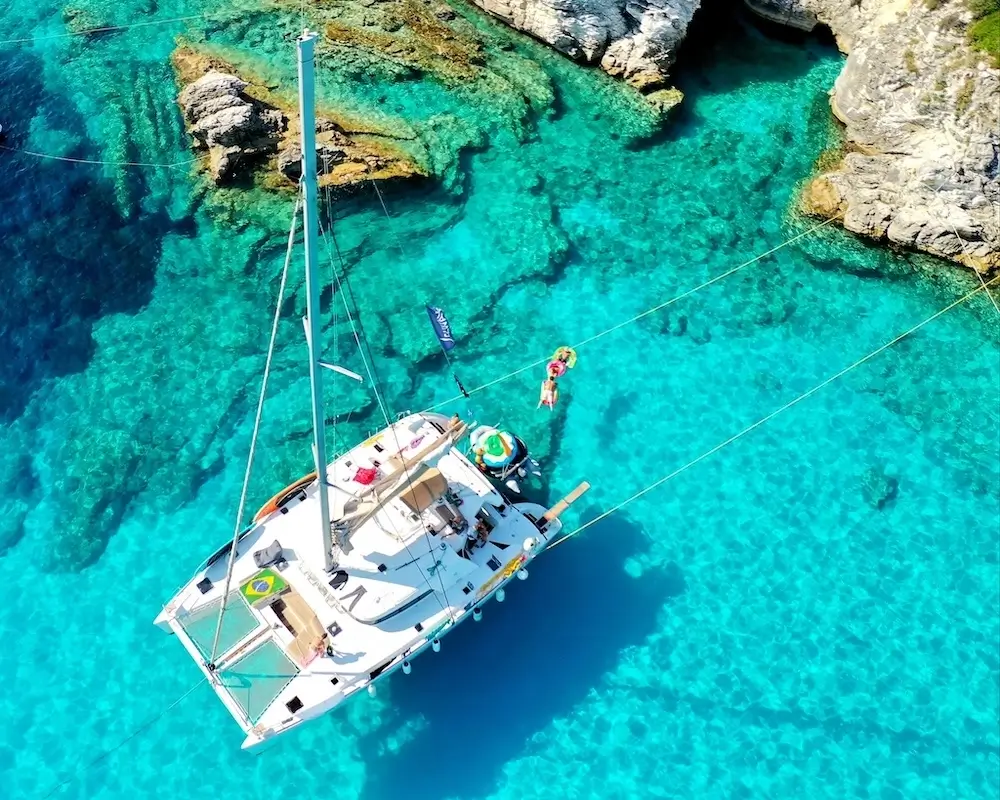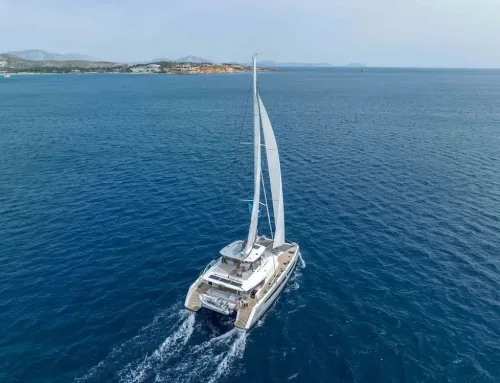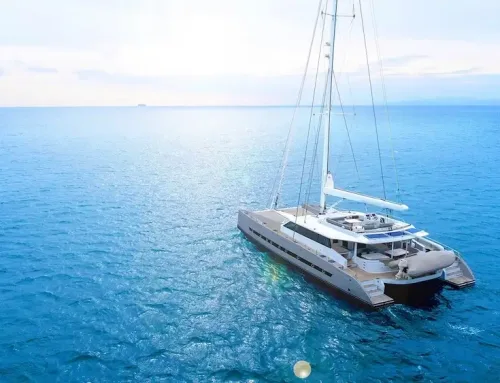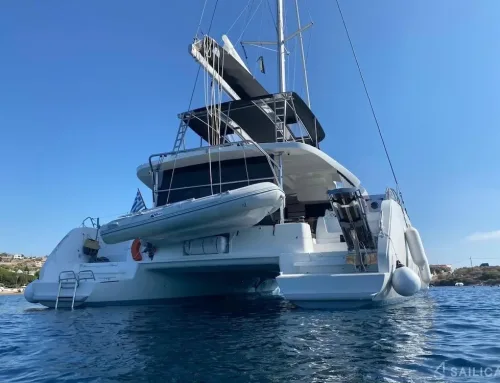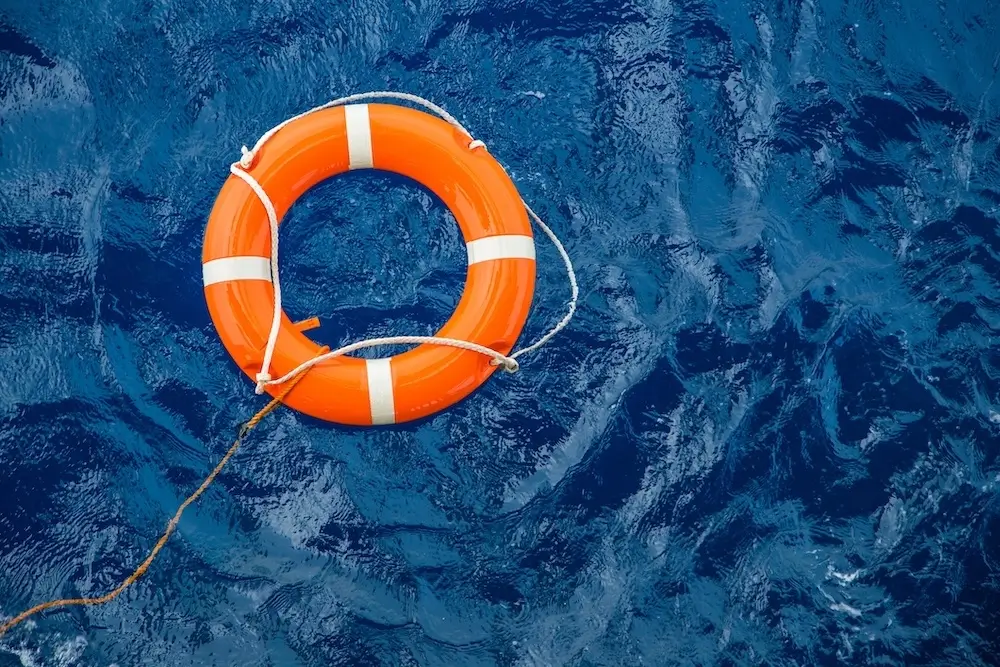
Man-Overboard Procedures and Safety
Greece’s calm waters might provide for an exciting sailing experience, but there are risks involved as well, like the potential for a man-over-board (MOB) scenario. For everybody engaged in marine operations, from professionals bare boat sailing in Greece to vacationers on Greek charters, knowing how to handle such catastrophes is essential.
Identifying and Handling a Man Overboard Situation
An Man Overboard Incident: What Is It?
When someone falls off a vessel and into the water, it’s known as a man overboard incident. Prompt and appropriate action is essential to guaranteeing the overboard person’s safety and can greatly enhance the likelihood of a successful rescue.
Take Action Right Away
When someone yells “Man Overboard,” it’s important to stay close to them and notify other crew members:
- Communicate: Shout “Man Overboard” loudly to notify the crew as a whole.
- Mark the Position: Mark the location of the person’s fall into the water using the MOB button on your GPS. This is essential for quickly and properly navigating back.
-
Man Overboard Procedures And Safety 1
Typical Man-Overboard Protocols
Actions to Take in the Event of a Man Overboard
Step 1: Pay Attention and Act
Shouting to the crew to inform them is the first step, followed by using the GPS to mark the location. By doing this, the first location for a more focused rescue effort is secured.
Phase 2: Assign Duties
Assign roles among the crew as soon as possible:
- Spotter: Maintains constant visual contact with the aquatic subject.
- Navigator: The navigator is in charge of steering the boat so that it returns to the person overboard.
- Rescuer: Gets life rings, ropes, and other gear ready.
The Rapid-Stop Technique
The most popular man overboard recovery manoeuvre is the quick-stop. It includes:
- Immediate Course Reversal: The vessel should slow down and get ready to change direction as soon as it spots and marks the MOB.
- Maneuvering to the Person:Proceed cautiously to approach the person from upwind or downwind in order to protect them from the waves and facilitate their recovery.
Safety Gear for Recovery from Man-Overboard
Crucial Safety Equipment
- Life Jackets: These should always be worn because they have lights and whistles.
- MOB Pole: Assists in pinpointing the individual’s precise location within the water.
- Throw Ropes and Life Rings: Life rings and throw ropes are necessary to get the victim back to the boat.
Using Technology to Make MOB Circumstances Better
Man-overboard recovery operations can have a significantly higher success rate when they employ advanced technologies:
- Electronic MOB Systems: With the push of a button, man-over-board features on contemporary GPS and chartplotter systems automatically mark the GPS location.
- Personal Locator Beacons (PLBs): Each member of the crew is required to wear Personal Locator Beacons (PLBs), which have the ability to transmit a distress signal and the user’s location to other nearby ships and rescue agencies.
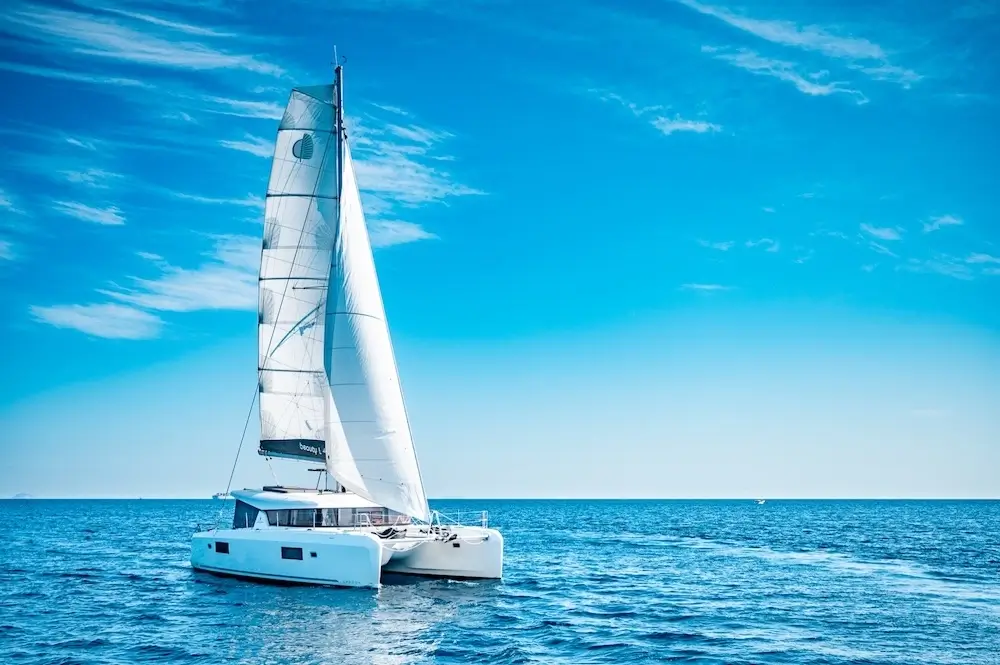
Man Overboard Procedures And Safety 2
Managing Successful Man-Overboard Exercises
The Value of Frequent Exercises
Regular MOB drills guarantee that every crew member understands their responsibilities and can carry them out effectively under pressure. In order to get the crew ready for real emergencies, these drills should imitate as many realistic scenarios as possible.
Examine and Make Improvements
It’s critical to evaluate the drill’s efficacy and modify the protocols as needed following each one. This ongoing development aids in honing the team’s reaction and making sure that everyone is equipped to deal with events that arise in the real world.
It is imperative to comprehend and execute man-overboard protocols to guarantee the security of every one on board. This tutorial has covered the essential actions that must be taken right away in the event that a man falls overboard, as well as the required safety gear and the significance of routine drills. We will go into more detail about advanced recuperation methods, legal issues in MOB scenarios, and preserving mental toughness in the face of such crises in the following parts.
Cutting-Edge Recovery Methods and Legal Issues
Effective management of a man-over-board (MOB) emergency necessitates not only a swift reaction but also a crew that is well-versed in cutting-edge recovery methods. Furthermore, it is imperative that any skipper or crew member comprehend the legal ramifications linked to MOB accidents. In-depth discussion of these cutting-edge methods and the laws governing maritime behaviour in relation to man-overboard incidents is provided in this section.
Advanced Techniques for Man-Overboard Recovery
The Anderson Shift
An easy way to get back to someone who has gone overboard is to perform an Anderson Turn. When the person in the water has not yet been passed by the vessel, it works best:
- Execute a Hard Turn: As soon as possible, make a hard turn towards the direction of the individual who fell.
- Circle Back: To make recovery easier, make a full round to get back to the planned position, arriving from the downwind side.
Scharnow’s Turn
When the person overboard is slightly ahead of the vessel, another technique called the Scharnow Turn is employed:
- Turn Towards: Make a 240-degree turn towards the direction of the person overboard. In order to approach from leeward, the boat makes a fast turn and circles back towards the person.
- Recovery Approach: To guarantee a secure and managed recovery, approach the vessel slowly.
Using Technology to Help with MOB Recovery
Technological developments in marine have greatly improved the capacity to effectively handle MOB scenarios. Successful recovery may depend on the integration of several technologies:
- AIS MOB Devices: To improve the likelihood of a speedy recovery, Automatic Identification Systems (AIS) can instantly convey a MOB alert and location to all adjacent AIS-equipped vessels.
- DSC-VHF Radios: Coast guards and neighbouring ships can get instant emergency notifications by using Digital Selective Calling (DSC) radios to deliver distress signals that include GPS coordinates.
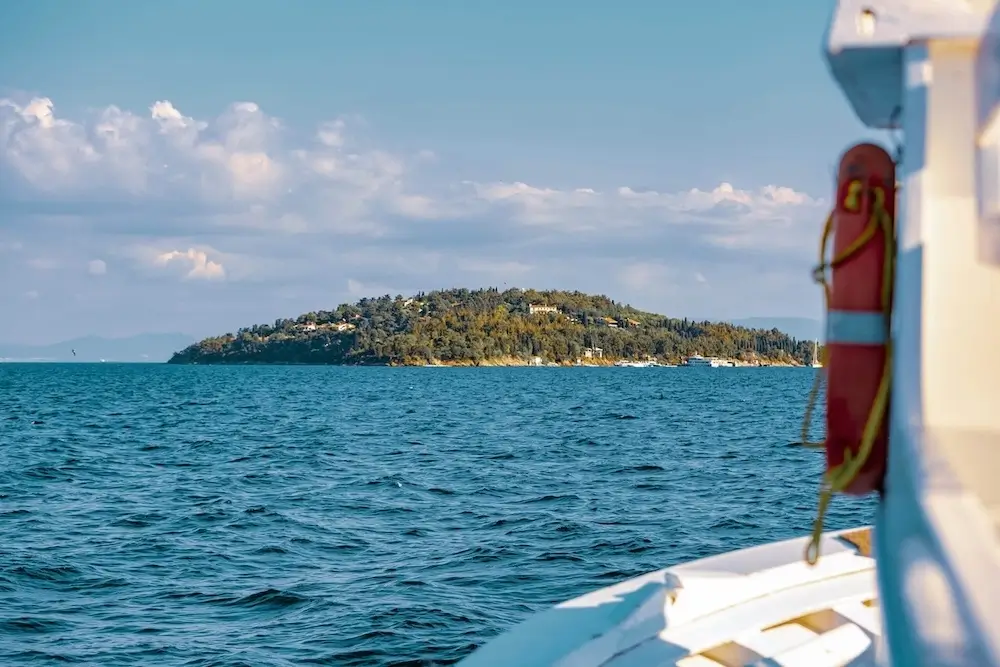
Man Overboard Procedures And Safety 4
Legal Considerations for Man-Overboard Rehab
For everyone in charge of a vessel, knowing their legal obligations in a MOB situation is crucial.
Obligation to Provide Assistance
If helping someone in danger at sea can be done without endangering the crew or the ship, it is mandatory by maritime law. This obligation is applicable irrespective of the nationality or status of the concerned individuals or vessel.
Reporting Requirements
Reporting the MOB occurrence to the closest maritime authority is required after recovery. This entails giving specifics about the occurrence, the steps taken, and the result. Accurate documentation is essential and can enhance safety policies and practices.
Establishing a Compliant and Safe Environment
Continual Legal Briefings
Crew members must to receive frequent training on their legal obligations and the appropriate protocols to adhere to in MOB scenarios. This guarantees adherence to international maritime law in all acts.
Record-keeping and Documentation
Keep detailed records of every practice and real MOB scenario. What was done, who was involved, and any lessons learned should all be included in the documentation. This helps with response strategy optimisation as well as legal compliance.
The effectiveness and safety of man-overboard reactions are greatly enhanced by sophisticated recovery methods and a thorough comprehension of legal responsibilities. Crews may maximise their readiness for these crucial scenarios by utilising cutting-edge technology and making sure every move is consistent with the law.
Constant Instruction and Psychological Assistance for MOB Circumstances
Beyond quick recovery attempts, man-over-board (MOB) incidents require effective management. For the crew to be psychologically healthy and to retain readiness, it is essential to foster a culture of safety, provide ongoing training, and ensure everyone on board is safe. These important topics are covered in the final section, which also offers a road map for thorough safety management in MOB scenarios.
Improving Crew Education and Readiness
Organised MOB Exercises
To make sure that every crew member is competent in their MOB duties, regular, organised training are necessary. These ought to consist of:
- Scenario-Based Training: To get the crew ready for anything, run drills that mimic numerous MOB scenarios in varied environments.
- Skill Assessments: To get the crew ready for anything, run drills that mimic numerous MOB scenarios in varied environments.
Making Use of Virtual Training Tools and Simulators
Utilise cutting-edge simulation technology to provide lifelike training environments so crew members may rehearse MOB recovery without the hazards of in-person instruction:
- Virtual Reality (VR) Simulations:Use virtual reality (VR) simulations to practise spotting, recovery, and navigation in a safe, immersive setting.
- Interactive Online Training Modules: Give them access to online courses including first aid, recovery methods, and legal rules.
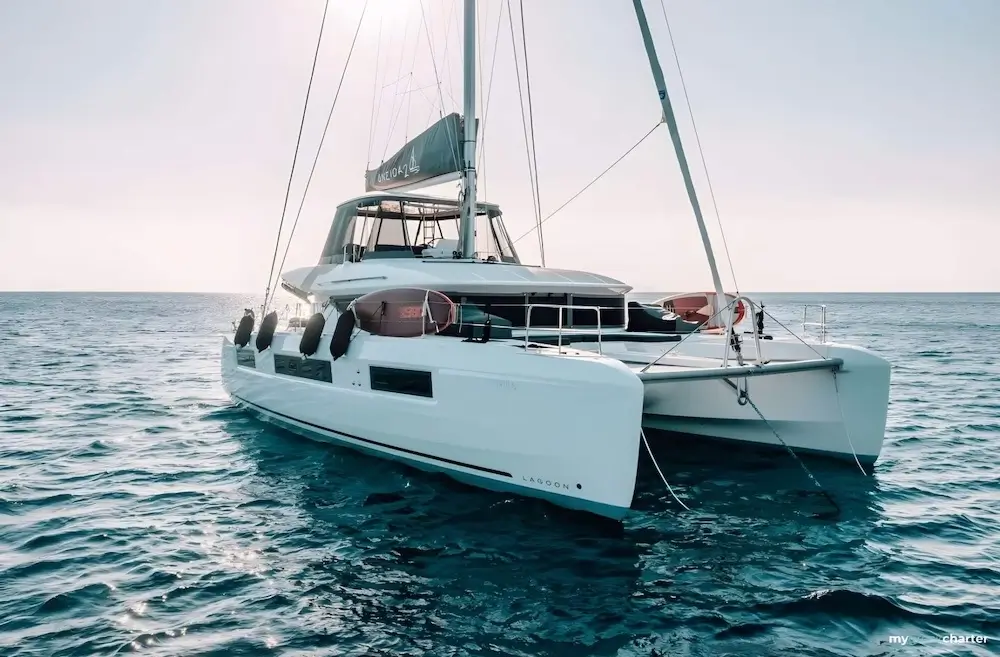
Man Overboard Procedures And Safety 5
Providing for the Psychological Well-Being of the Crew
First Aid in Psychology
Psychiatric first aid training is essential for assisting crew members in managing their initial emotional reactions to a MOB occurrence. Members of the crew should learn how to:
- Provide Emotional Support: Acquire the skills necessary to assist those who are experiencing emotional discomfort right away after a MOB.
- Recognize Signs of Trauma: Identify Acute Stress Symptoms and Long-Term Psychological Effects in Oneself and Others to Recognise Trauma Signs.
Professional Mental Health Resources Are Available
Make certain that crew members can get expert psychiatric assistance in order to deal with the stressful fallout from MOB incidents:
- Counseling Services: Make services available right away or set up telehealth consultations with mental health specialists.
- Stress Management Workshops: Conduct workshops on stress management to help people become more resilient in high-pressure situations.
Creating and Preserving a Safety Culture
Leadership in Safety
Establishing a culture that prioritises safety requires strong leadership.
- Lead by Example: Senior crew members and captains should always set an example of following safety procedures.
- Open Communication: Promote an environment where crew members are at ease sharing their concerns about safety and making suggestions for enhancements.
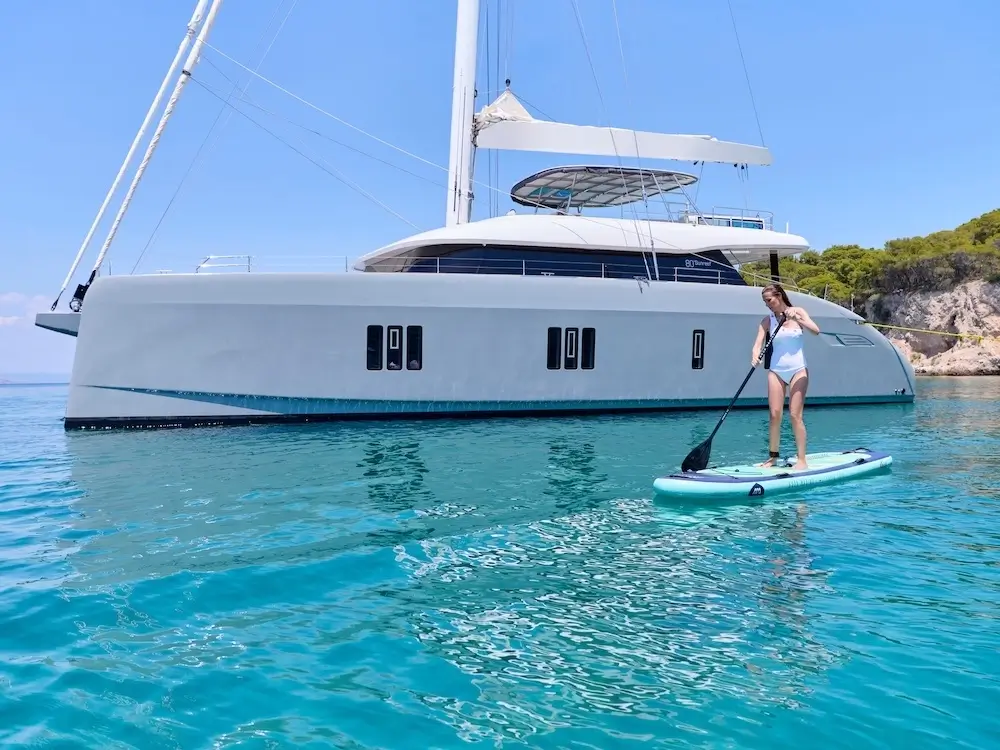
Man Overboard Procedures And Safety 6
Constant Enhancement
A proactive approach to safety entails the ongoing revision and enhancement of safety procedures:
- Feedback Mechanisms: Put in place procedures that allow crew members to comment on MOB drills and safety procedures.
- Review and Update Safety Policies: Continually evaluate and improve MOB procedures in light of drill results, technology advancements, and legislative modifications.
Participation in the Community and Education
Interact with the larger marine community to exchange best practices and remain up to date on safety innovations:
- Participate in Forums and Conferences: Talk with other experts in the maritime industry to share experiences and expertise.
- Collaborate with Safety Organizations: To implement new technology and best practices, collaborate with maritime safety organisations.
Maritime operators can greatly improve their readiness for man-overboard incidents by making investments in continuous training, attending to the mental well-being of crew members, and cultivating a strong safety culture. This all-encompassing strategy promotes each person’s psychological health in addition to their physical safety, making the crew more resilient and competent.

